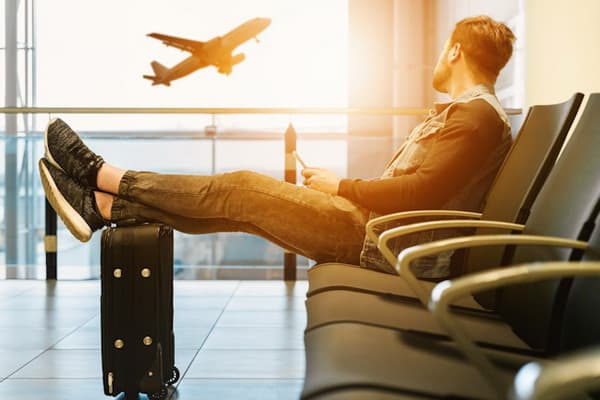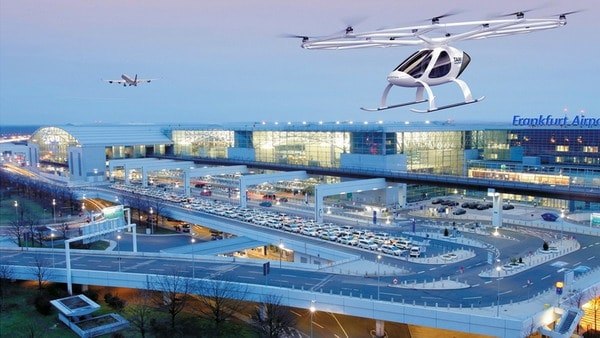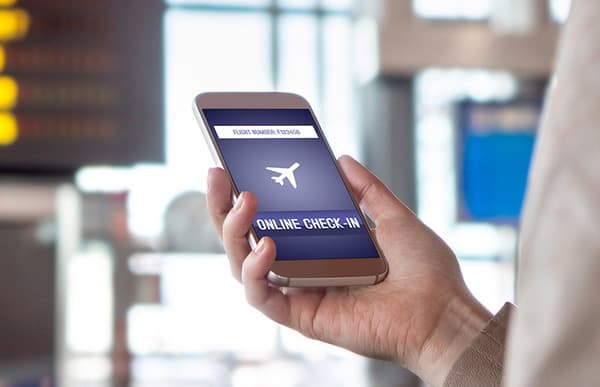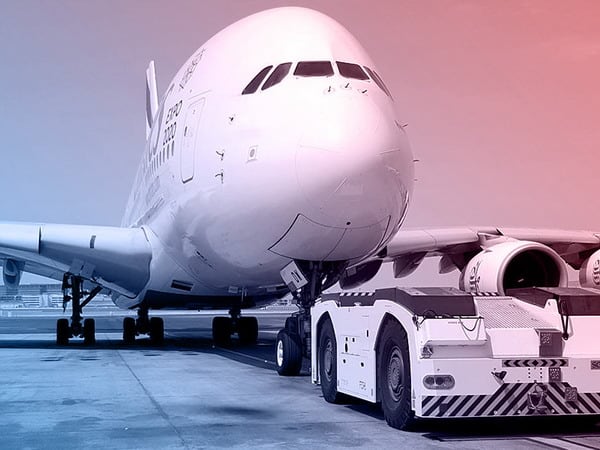Are you interested in knowing where the future of civil aviation is heading? Do you like to follow the news of the sector? Check out 10 trends for the future of commercial aviation!
1. Automation
Complete automation of all procedures involving the customer (purchase, check-in, baggage dispatch, boarding, upgrade, alteration and anticipation of flights, etc.), allowing passengers to board in the future without having to contact the ground crew of the airlines. This is possible using the websites, apps, totems or cell phones to perform these procedures. For example, GOL recently made available in its app a tool that calculates the time needed to reach the airport, based on its geolocation, and offers options for anticipating (free) or postponing (paying) the flight.Another novelty launched by GOL is the self-service for labeling and baggage dispatch (Express Baggage), available at the airports of Congonhas – SP (photo), since September 2014, and Santos Dumont – RJ, since February 2015. It is even possible paying excess baggage with a credit card. The actions, pioneering in Brazil, are in the testing phase and should be expanded.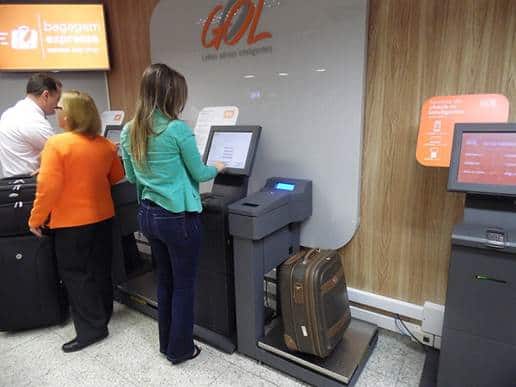
GOL self-service stations for baggage drop-off in Congonhas
2. Wi-fi on national and international flights.
It is already a reality present in most aircraft of North American companies, such as American Airlines, Delta and United, growing rapidly also among Asian and European companies. It works very well, with an average speed higher than a 3G modem in Brazil, even in the middle of the ocean, on intercontinental flights. The service is paid, but the cost is very affordable, varying according to the route and duration of the flight. In Brazil, so far, no company has expressed a willingness to offer Wi-Fi. We can only hope and wait.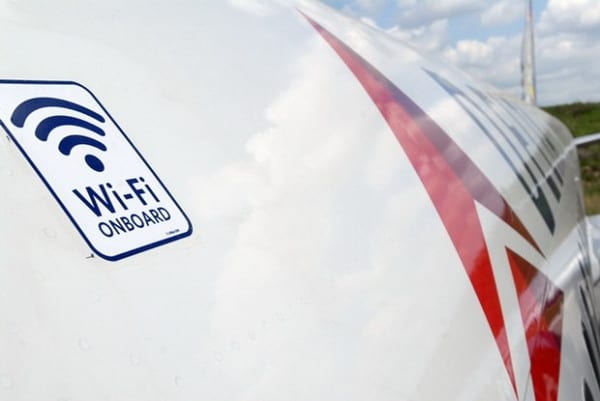
Delta aircraft Wi-Fi (Disclosure)
3. Modern and functional entertainment systems.
Individual touch screens, with content on demand (each one watches whatever they want), with hundreds of movies, series, music and games, making life easier for those who can’t sleep on the plane or get bored on long flights. In Brazil, AVIANCA and AZUL took the lead. AVIANCA with remote content of films, series and games and diversified and AZUL with live TV in most of its aircraft. TAM has only monitors shared in the domestic fleet, but it has a good system on demand with individual monitors on all aircraft that fly to the United States, Mexico and Europe. GOL is the only one that does not have an entertainment system.
BLUE Embraer 190 with live Sky TV
4. More comfortable and efficient aircraft.
Luggage compartments, bigger and better windows and bathrooms, LED lighting, better pressurization and humidification of the air on board, are some examples of how the environment inside the plane tends to become more and more pleasant. In Brazil, GOL brought Sky Interior in its new Boeing and Avianca a more modern layout for its Airbus. The new Boeing 787 Dreamliners, already evaluated here at Best Destinations, are the best examples of this trend. In addition, the new aircraft have a fuel economy that reaches 30% compared to previous generations, with innovations in design, new turbines and wings. The infographic produced by United illustrates the technological advances of the new aircraft well. In Brazil, in addition to the Boeing 787, we can only wait for the brand new Airbus A350 acquired by TAM and Azul, the A320Neo acquired by TAM and Avianca Brasil, as well as the 737-MAX acquired by GOL, with deliveries expected in the coming years. State-of-the-art technology, keeping the fleet operating in Brazil one of the most modern in the world.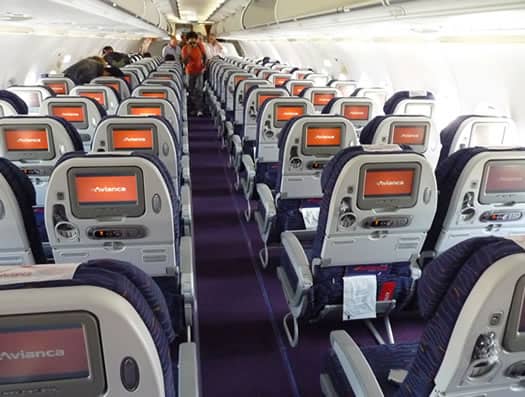
5. Integration of airline
Loyalty programs with other industries, offering different redemption options and points accumulation, as well as airline tickets, such as credit cards, hotels, electronics, books, magazine subscriptions and other types of products and services. The going public of Multiplus and Smiles, as new companies on Bovespa, are examples of this trend. The miles business has become so promising that the market value of these companies has exceeded that of TAM and GOL, respectively the airlines that created them. The programs tend to increasingly expand their partnerships, in direct competition, where flying will be just one of hundreds of options for your miles.
Smiles Partners
6. Decrease in the number of airlines
with the formation of large global and regional conglomerates. This includes mergers and acquisitions, as well as strengthening international alliances, expanding flight sharing agreements and streamlining routes. The central objective is to generate results, through the use of synergies, gains in scale and cost reduction. The creation of LATAM, with the merger of TAM and LAN, American Airlines with US Airways, United with Continental, Air France with KLM, among others, are examples of this trend. Does anyone still remember Webjet, TRIP and Pantanal?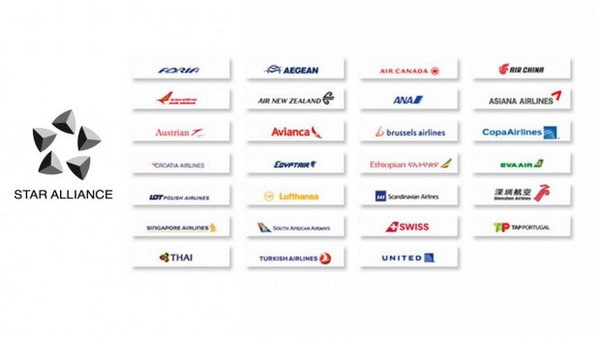
7. Reduction of space in Economy Class and availability of premium paid seats.
The discomfort with increasingly tight seats seemed to have reached its limit, but the launch of the new Boeing 737-MAX, scheduled for 2017, will allow Ryanair (European low cost) to install 200 seats, where before there were 170. It will be the necessary price to pay for lower rates? Whoever wants space will have to pay a special seat. The premium seats can be divided into 2 groups: those in the first row and in the emergency exits or specific rows created with more space between the seats. They are known in Brazil for TAM + Space, Gol +, Espaço Azul, Economy Plus at United etc. The other group can be seen in companies like Lufthansa and Turkish Airlines, which transformed their seats into a premium class, really different seats and space, with a backrest.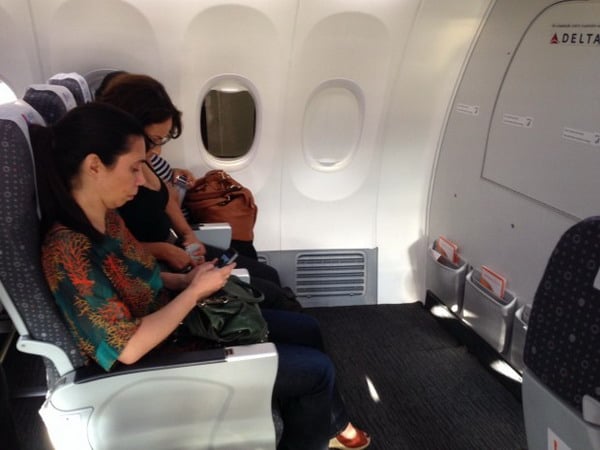
New GOL + seats in the front row of the Boeing 737-800
8. Slim (ultra-thin) seats in Economy Class
Which save up to 4 cm in each row of seats, allowing companies to take advantage of this space to place more seats or offer more comfort to passengers (what do you think the airlines chose? ). This is possible with the development of new technologies for making the foam of the seats, making them firm and light, but comfortable, despite the much smaller thickness. TAM and Avianca Brasil already operate some Airbus aircraft on domestic flights in Brazil with the new slim configuration, with leather seats.
Economy Class Lufthansa Ultrafine Armchair
9. Seats that turn into a bed (full flat / flat bed) and Gourmet service in Business Class.
To attract and please passengers who travel for work and who usually fly at night, companies have invested billions of dollars in the exchange and purchase of seats that recline 180 degrees and become real beds. Sleep in these conditions is much more pleasant. The investments extend to the onboard service, with the hiring of famous chefs to develop and sign the lunch and dinner menus. Some companies, like TAM, decided to end the first class and concentrate all investments in the business class. TAM recently also instituted a chief flight attendant on all international flights, who oversees the work of other flight attendants, in an attempt, together with other actions, to improve the service.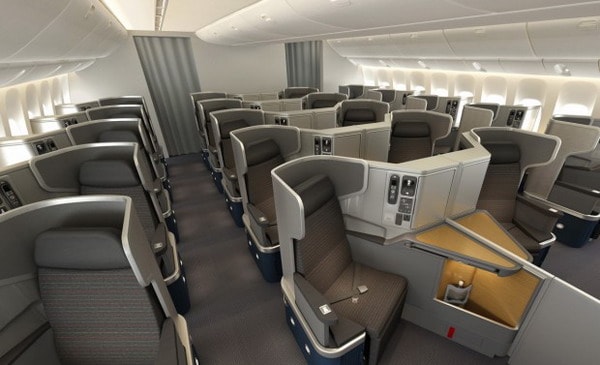
New American Business Class, with bed seats and corridor access in all seats
10. Private suites, great comfort and perks in First Class intercontinental flights.
The focus of the first class is on passengers who want a lot of privacy and comfort and who generally gave up flying private jets to use regular flights. To attract this audience, companies invest billions in new configurations, showers, bars and retrofit cabins to create suites. Recently, the United Arab Emirates company ETIHAD Airways launched a super suite, called The Residence, with a double bed, living room, private bathroom and shower, as well as an on-board service to make Arab sheikhs jealous. Companies that maintain the first-class service will invest heavily in differentiation, to attract this demanding target audience. And, of course, they will charge compatible prices for that. However, the price will always be much more competitive than operating a private jet. Luxury for the few!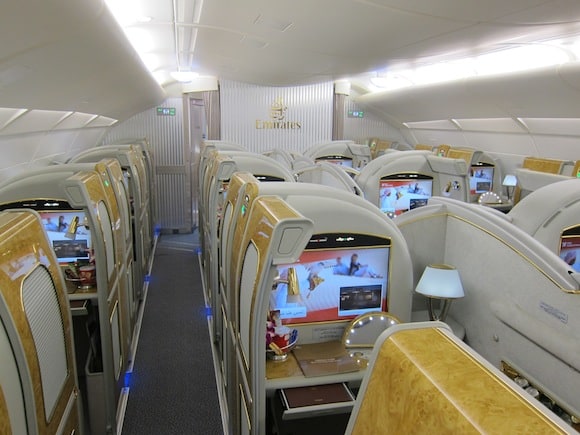
Emirates First Class Suite
Before concluding, I emphasize that a trend represents a predominant direction that the market should follow in the coming years. This does not mean that all airlines will join, as there are different markets, contexts, objectives and strategies for each company. But it is a good indication of what we can expect in the near future.
Now, thinking about a more distant future, outside the field of trends, but rather of possibilities, a business group promises that, in a decade, we will be able to fly in planes without a window. Do you know how? See the video.
Should we celebrate or worry? And you, what you think? Do you identify any other trends? Comment and collaborate.

